MY TÊTÊ-Â-TÊTÊ WITH KING TUT IN THE VALLEY OF KINGS
By Sharon Kurtz
BIG BLEND RADIO INTERVIEW: Travel writer Sharon K. Kurtz talks about her recent experiences in Egypt. Listen here in the YouTube player or download the podcast on PodBean or SoundCloud.
There are two ways one can avoid the crowds while enjoying a visit to Egypt. – hop in a time machine, or go during a pandemic.
I have had a fascination with Egypt ever since my school days; stories about mummies, pyramids, and pharaohs fueled my imagination. My passion was rekindled as an adult when I saw the King Tut exhibit passing through Dallas in 2008. I vowed I would get to Egypt to see King Tut’s tomb for myself one day.
While armchair traveling on my computer in October, my planned trips dashed due to COVID; I discovered Egypt had recently reopened its borders to American visitors without a quarantine period, only requiring a Passport, Visa, and a negative COVID PCR test. In a flash, I had booked my flight and lined up a private tour with Egyptoria that arranged a custom itinerary for me, complete with an Egyptologist guide, vehicle, and driver. Within a month of that first online discovery, I was winging my way to Cairo. Seven days later, arriving in Luxor after an idyllic cruise on the Nile, my guide and I headed to the Valley of the Kings and my long-awaited date with King Tut.
Thebes, the capital of Ancient Egypt
Modern-day Luxor was once known as Thebes, an ancient city located along the Nile River, the Egyptian empire’s capital in its heyday.
The Kings of Thebes ruled amid the glory of the living city on the east bank of the Nile, then completed their earthly journey in life in the Valley of the Kings on the west bank. The pharaohs of ancient Egypt’s New Kingdom ruled like gods, believing that death was also a rebirth.
Valley of the Kings
Shaped like a human hand with fingers splayed over an area of seven acres, the Valley of the Kings is on the desert’s edge, desolate and devoid of color, the limestone rocks provide no shelter from the relentless sun. Temperatures average 90 in the winter, and in summer, they can soar into the 120s.
The Egyptians picked this Valley for security reasons. With only a narrow gorge leading into it, they thought it was the perfect place to build their tombs and store their earthly treasures for the afterlife. Sadly, most of the Pharaoh’s tombs had been ransacked by the time archaeologists began excavating in the early 1800s, since then, discovering 62 tombs, with King Tut’s tomb being last, No. KV-62.
My Private Date with King Tut
When I visited The Valley of the Kings in November during the pandemic, only a handful of tourists were in the Visitors Center, very unlike pre-pandemic crowd levels. I purchased two tickets for entrance into the tombs – one was for three tombs combined, (240 EGP ~15 USD) and one for the Tomb of King Tut (300 EGP ~20 USD).
First, stopping at a Valley’s topography model that displays each tomb’s location marked by flag and number, I got the lay of the land. Transport to take visitors to the tombs was waiting outside and running for it; we were the only riders on the multi-car train, making a beeline for King Tut.
King Tutankhamun’s Tomb
Tut’s tomb was unremarkable from the entrance, a small beige flat-roofed structure; the only clue was the sign “The Tomb of King Tutankhamen” written in English and Arabic outside the small door. Under a cloudless sky, nothing disturbed the silence here, except the occasional barking of a dog. The only visitor, the two guards inside collected my ticket.
As I stood in front of the steep staircase leading down into the abyss, I couldn’t believe I was here. The stone walls on the descent were roughhewn as if the workers had just dug it out of the earth.
When the stairs stopped and the ancient floor began, I crouched down to enter the burial chamber, and there he was, taut skin and bone, with only blackened head and feet exposed, the rest of his body covered by a linen cloth. I leaned in, soberly taking it in, never having seen a mummy up so close.
The opposite side where the original discovery was made, held the stone sarcophagus, the cover slightly askew as if Carter had just opened it. On the richly painted walls, vivid imagery shows Tut’s journey to the afterlife. The stunning murals are impressive yet puzzling for scholars around the world.
Left entirely alone, I marveled at this teenaged ruler of Egypt who died at 19 and rested here in the inky blackness where he remained undisturbed until Howard Carter discovered him more than three thousand years after his death. Encased in several layers of coffins with a solid gold death mask covering his face, he lay amidst all his worldly splendors, awaiting the afterlife.
I lingered in the tomb, unhurried by anyone. One of the guards eventually came down to join me, documenting my visit with the boy king by taking a few photos of me with my iPhone. Luckily my guide, who could not enter, advised that I offer a small “donation” to the guards. Though technically not allowed, my small gift allowed me to capture some fantastic photographs as the guard became my accomplice and looked the other way.
King Tut
Only King Tutankhamun’s mummified body and stone sarcophagus remain in the tomb. The modest size of the tomb and inadequate decoration has long baffled Egyptologists.
After death, the priests performed ritual ceremonies so the Pharaoh could thrive in the afterlife. Nearby chambers had once held the boy King’s legendary trove of funerary goods, including furniture, royal chariots, and jewelry, totaling more than 5,000 objects.
Nearly 100 years ago, Howard Carter discovered what is still considered the world’s most important archaeological discovery, the tomb of King Tutankhamun in Egypt’s Valley of the Kings, causing a sensation that rippled across the globe.
Sharon Kurtz is a freelance writer, whose love of travel blended with her part-time role as a tour leader for women’s travel enable her to cover local, national, and international travel. She’s always looking for that a unique angle to bring a fresh perspective to a story. Writing from a boomer age woman’s perspective, is a member of IFWTWA and ITWPA, and has published more than 70 articles since launching her writing career in 2018. She lives in Dallas, Texas, with her husband and three spoiled dogs when not traveling, but her carry-on is always packed ready for the next adventure. Follow Sharon’s adventures at www.SharonKKurtz.com






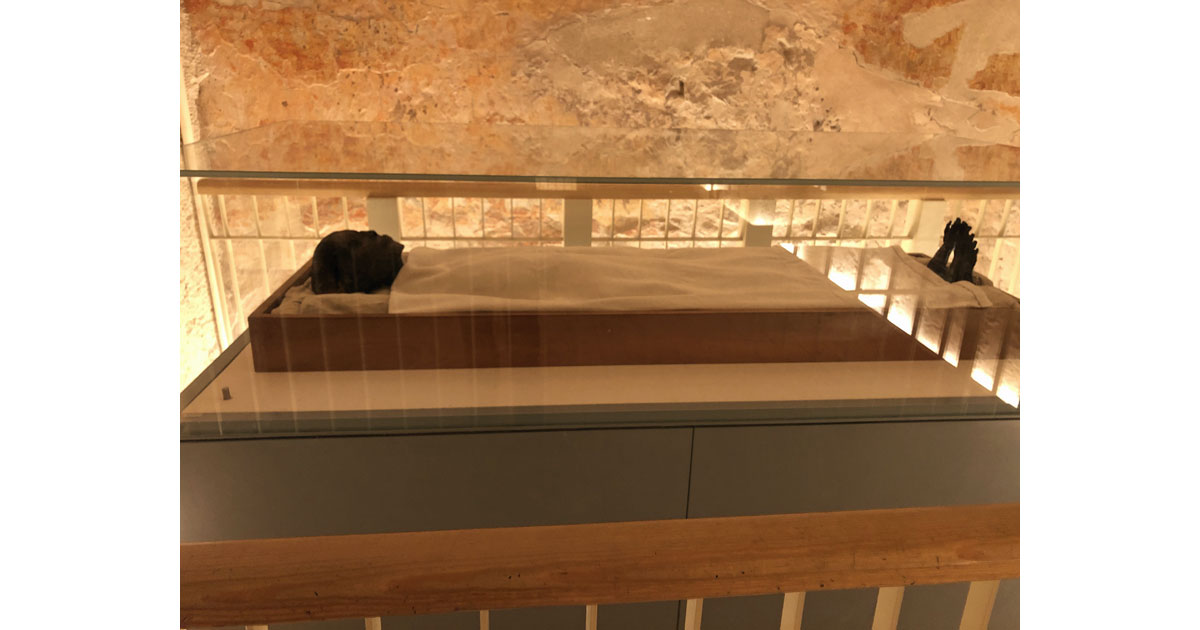



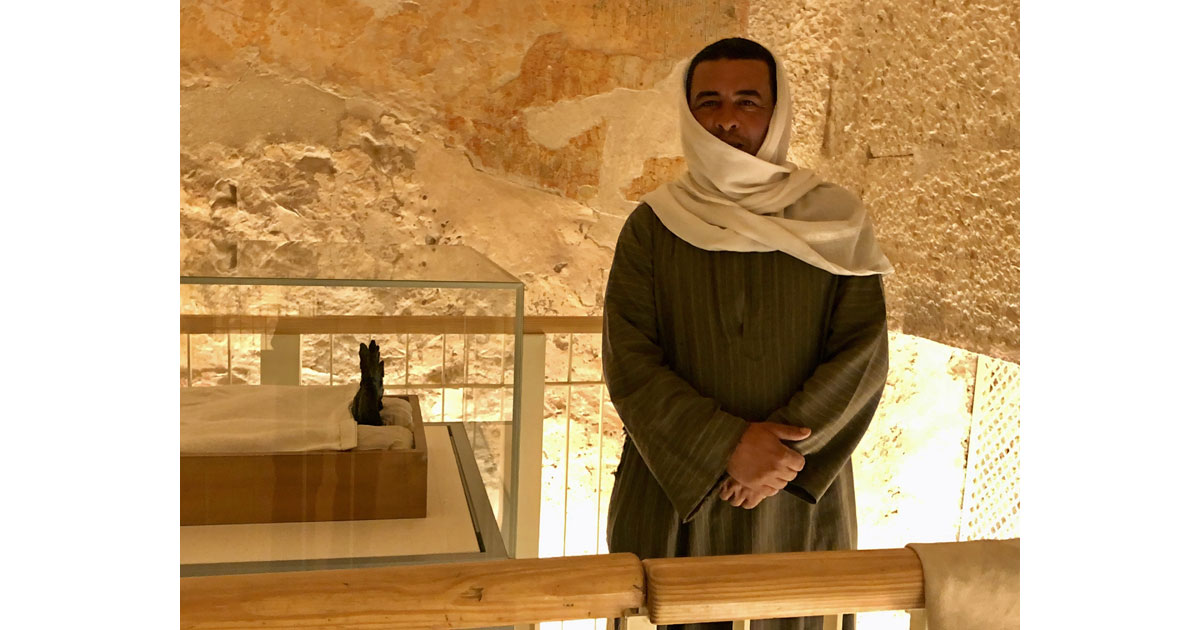
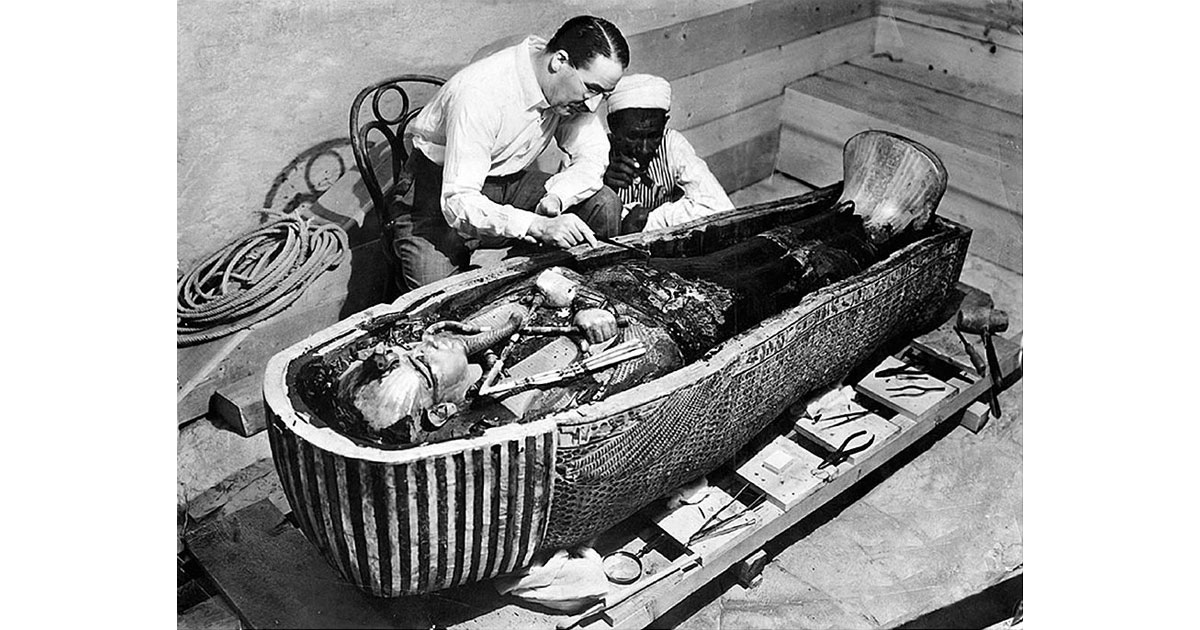
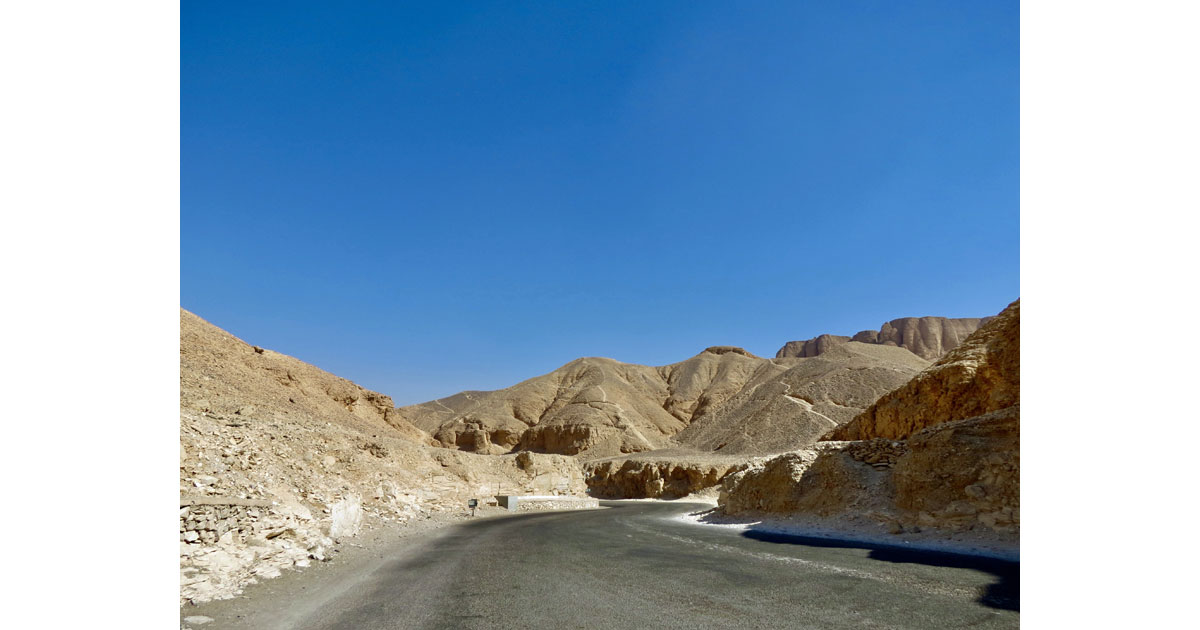


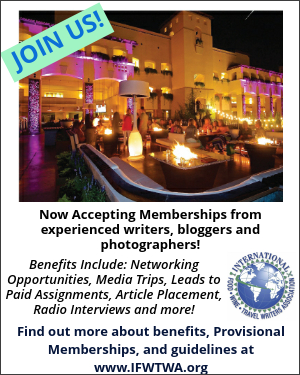
Leave a Comment
You must be logged in to post a comment.